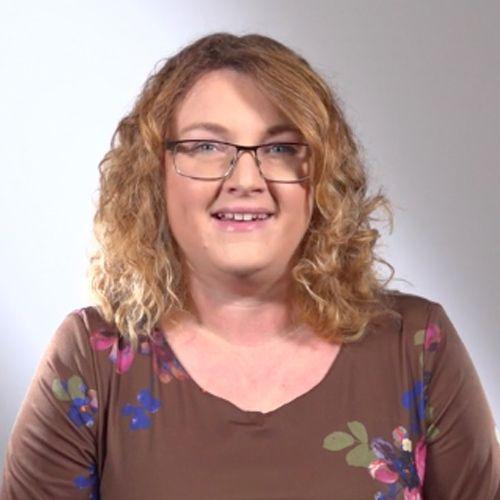Learning objective
- To use voices expressively to speak and chant well-known phrases from fairy tales.
Success criteria
- I can join in with repeated phrases and
This content is for subscribers only. Join for access today.
National curriculum
Music
Pupils should be taught to:
- Use
This content is for subscribers only. Join for access today.
Cross-curricular links
English
Reading — comprehension
Pupils should be
This content is for subscribers only. Join for access today.
Before the lesson
This content is for subscribers only. Join for access today.
Lesson plan
Recap and recall
Before starting this unit, you might want to check the children can recall: Rhythm is a repeated pattern of sounds. Pitch is how low or high the tone is. Dynamics is how loud or soft the music is.
This content is for subscribers only. Join for access today.
Extended-mode explainer videos
How to extend your display to view the lesson page and preseantion mode simultaneously. Choose your operating system below to watch the video
If you need further support with extending your display,
please contact [email protected].
Extended-mode explainer video: For Mac
Extended-mode explainer video: For Windows
Adaptive teaching
Pupils needing extra support
Could play a smaller role within the group to reduce pressure and not hinder confidence.
Pupils working at greater depth
Should think about how they could add some actions to complement their spoken words; should show a contrast in dynamics.
This content is for subscribers only. Join for access today.
Assessing progress and understanding
Pupils with secure understanding indicated by: chanting, “I’ll huff …” and by
This content is for subscribers only. Join for access today.
Vocabulary definitions
-
timbre
The quality of sound, e.g. smooth, scratchy, twinkly.
This content is for subscribers only. Join for access today.
In this unit
Assessment - Music Y1: Timbre and rhythmic patterns
Lesson 1: Timbre and rhythmic patterns: Character voices
Lesson 2: Timbre and rhythmic pattern: Starting with instruments
Lesson 3: Timbre and rhythmic patterns: Rhythms
Lesson 4: Timbre and rhythmic patterns: Responding to music
Lesson 5: Timbre and rhythmic patterns: Keeping the pulse

